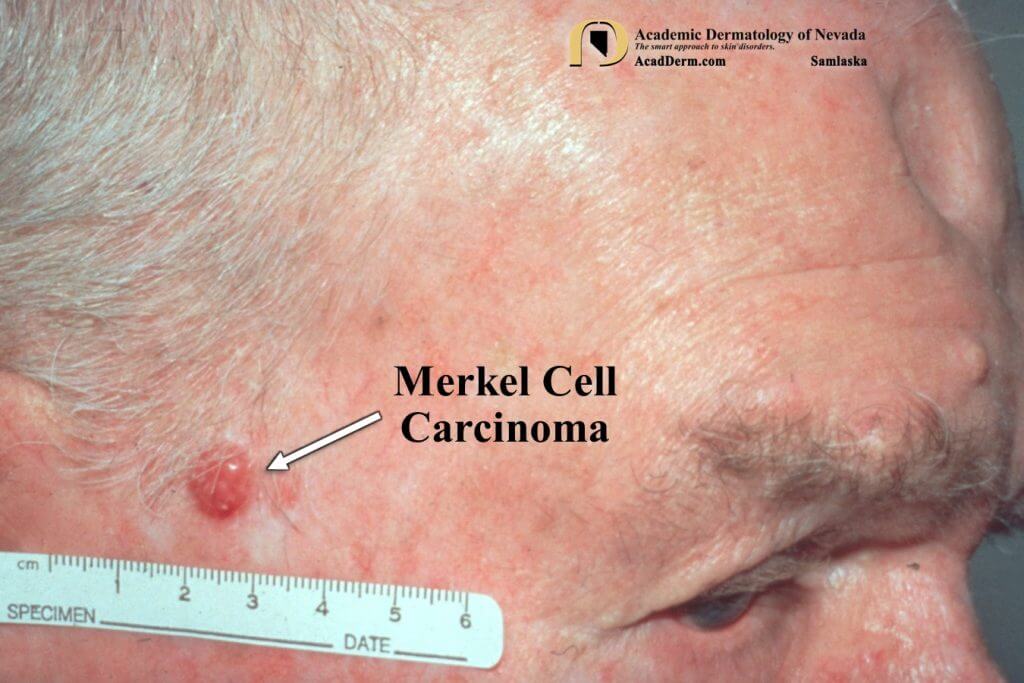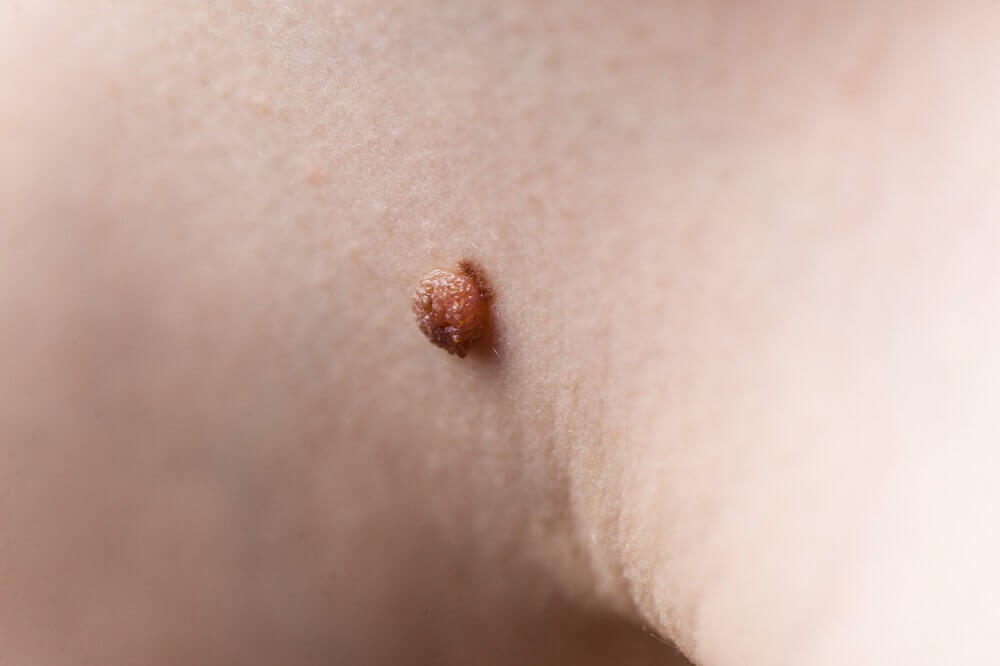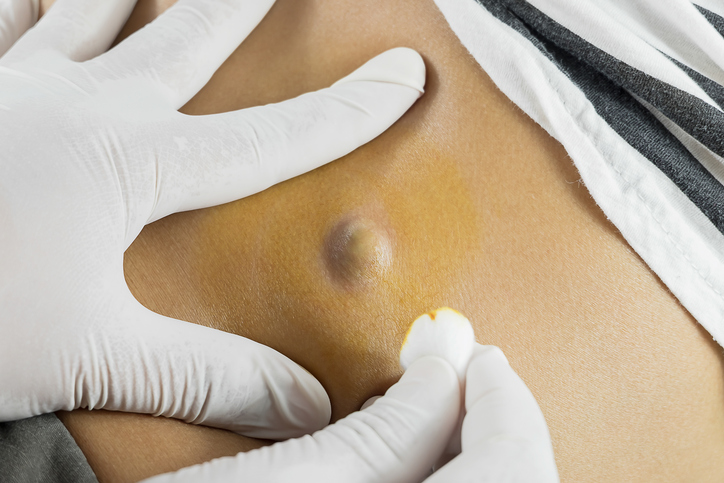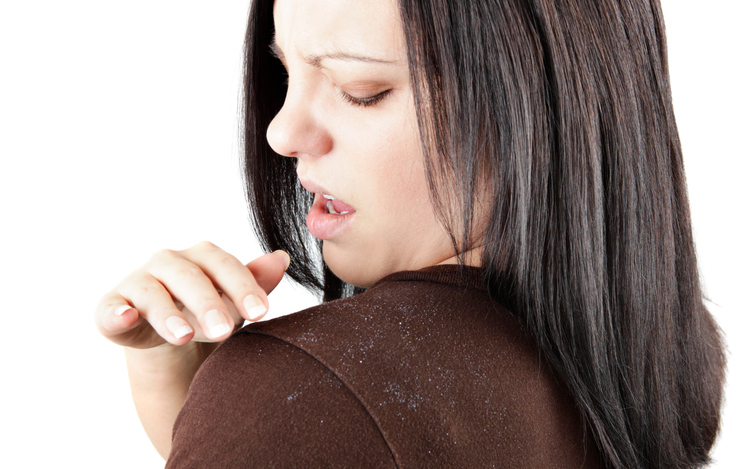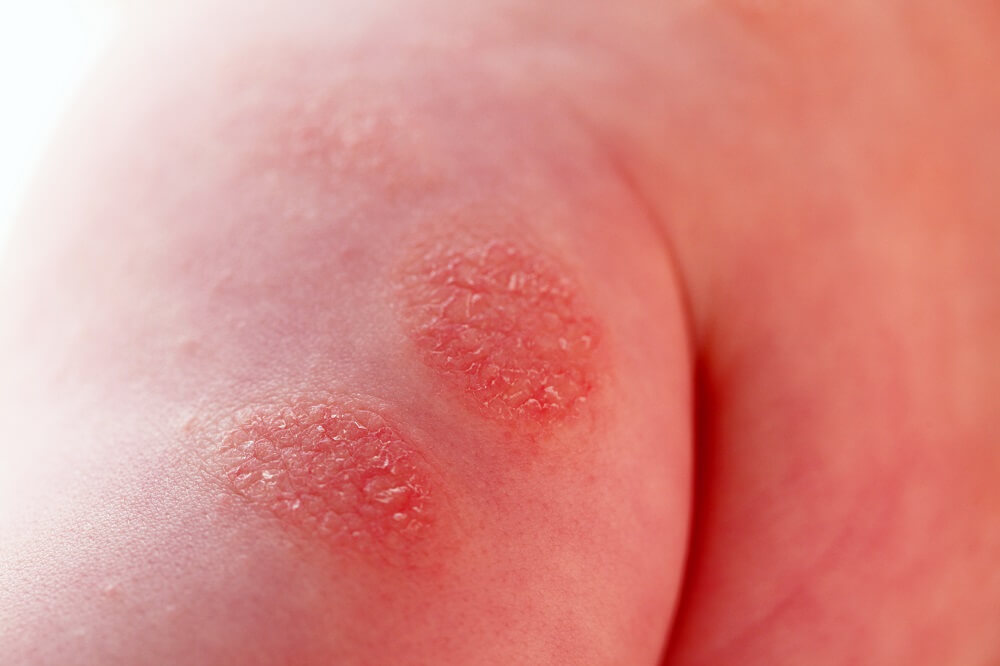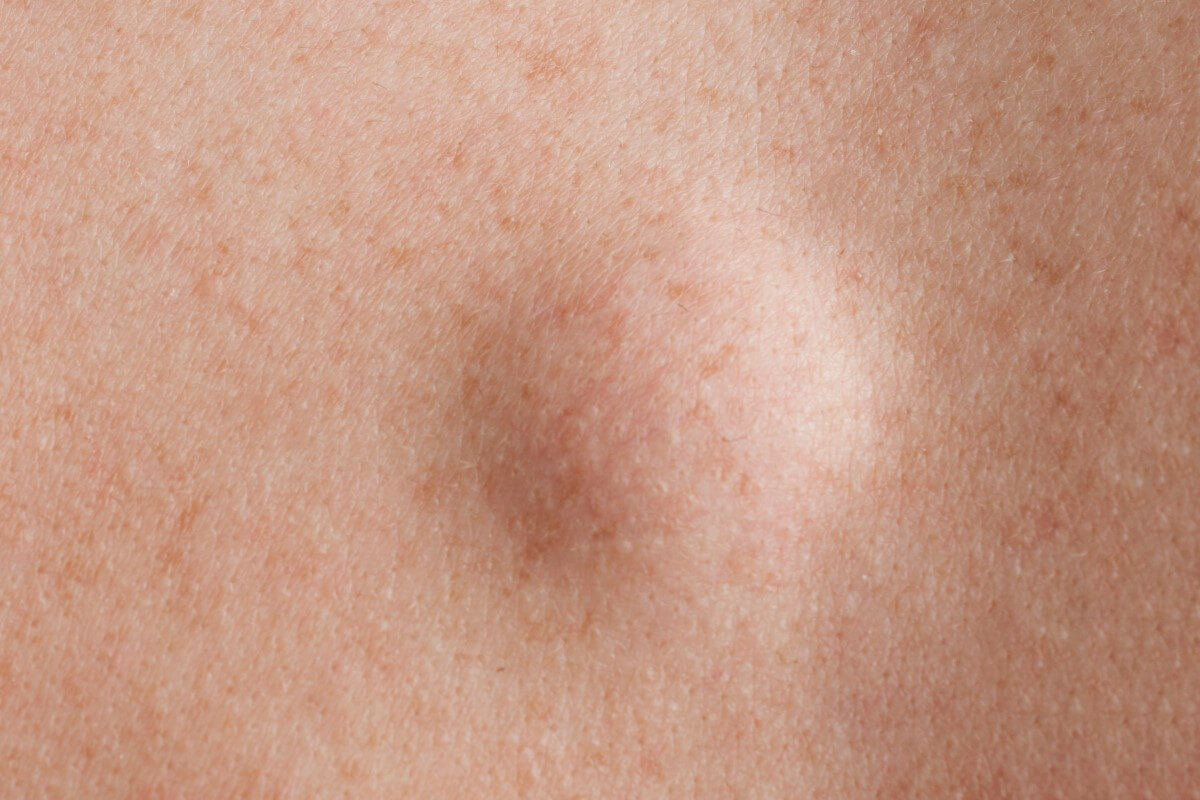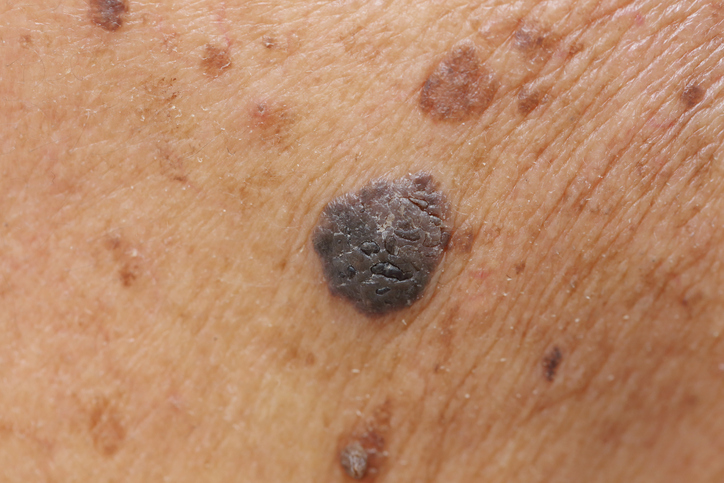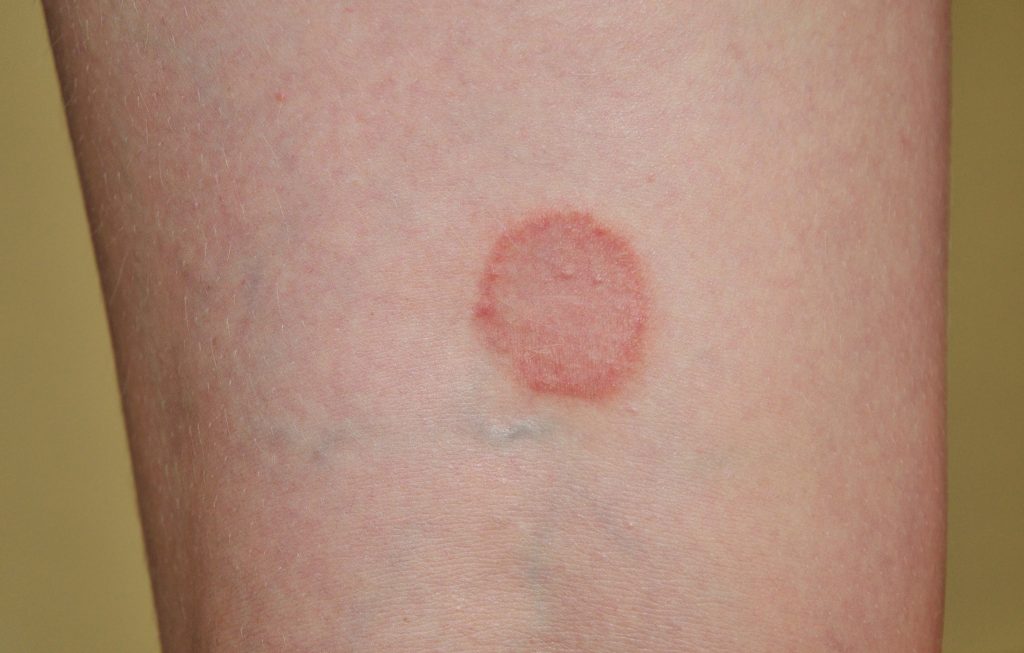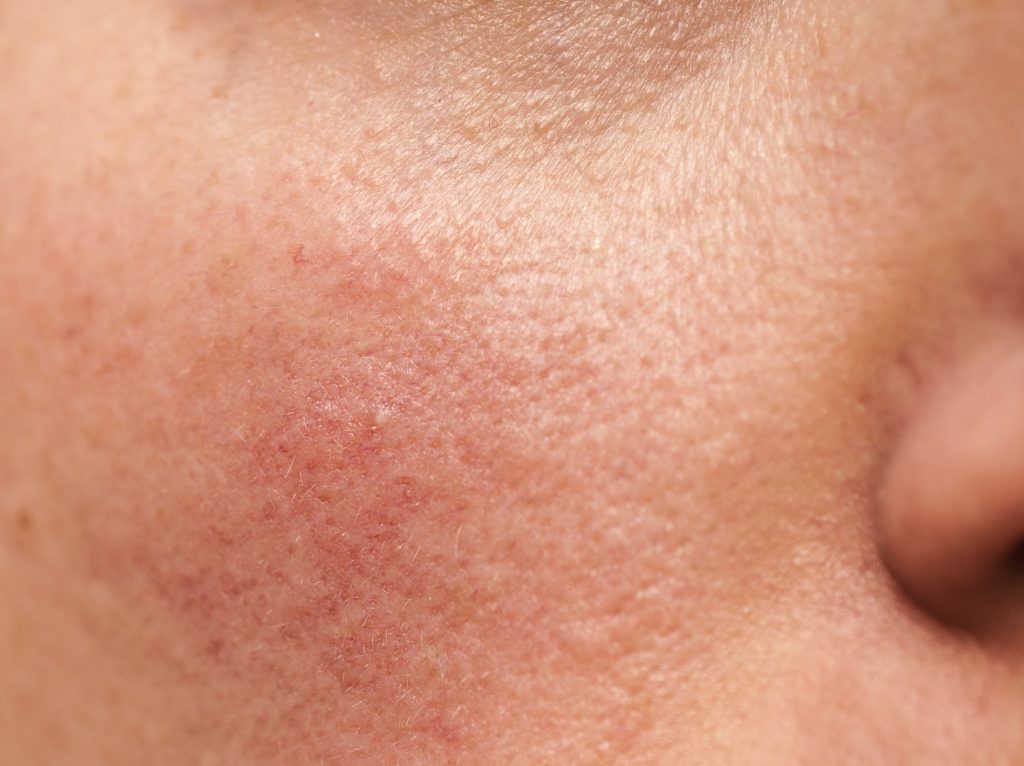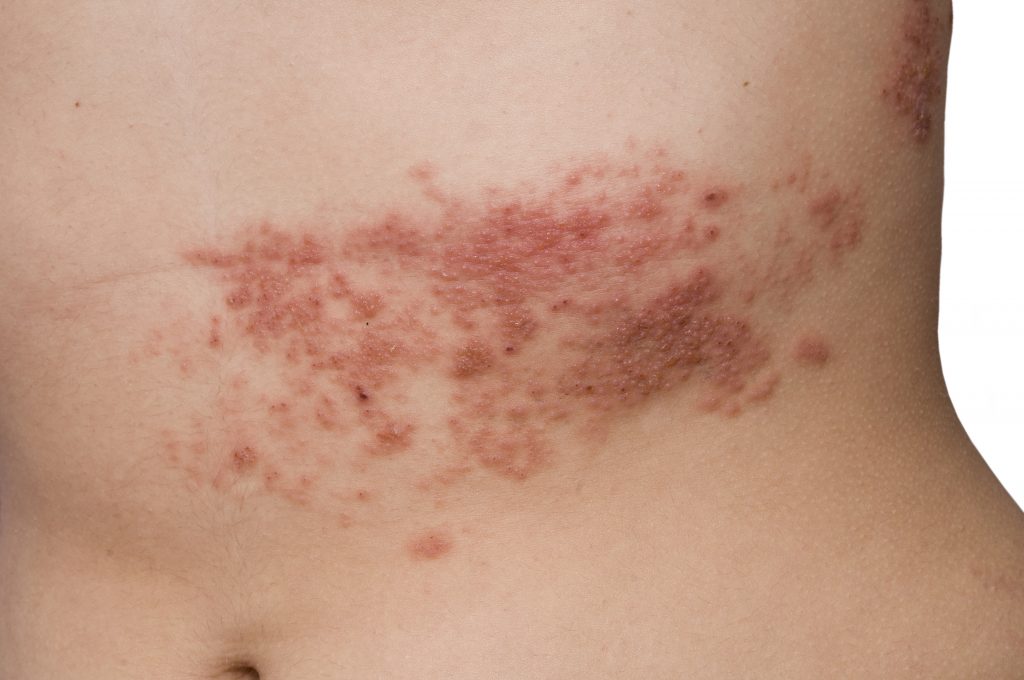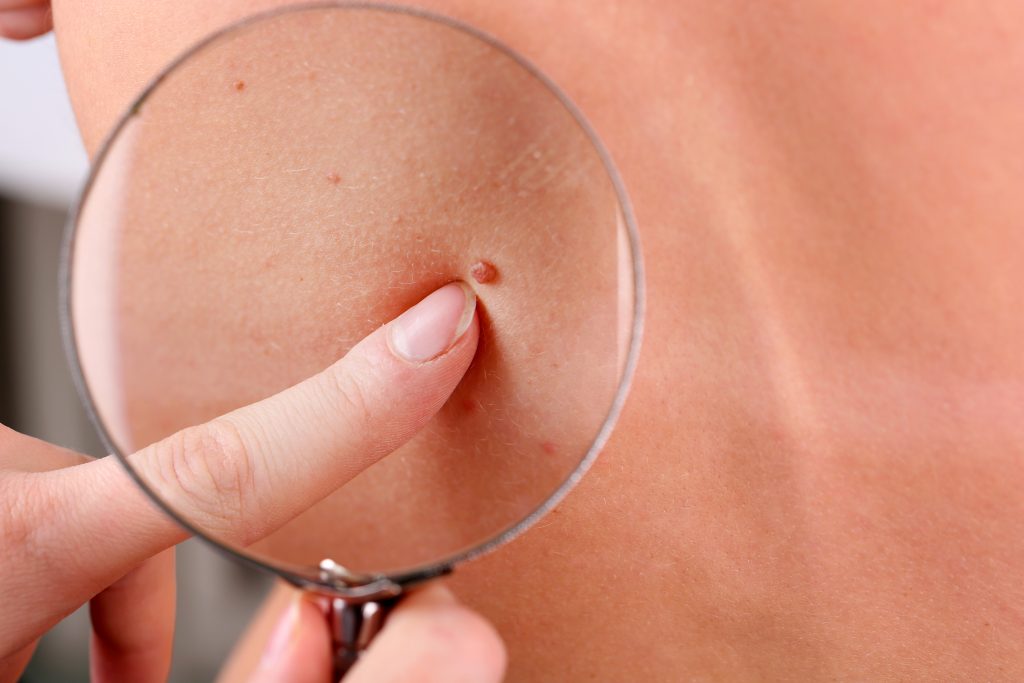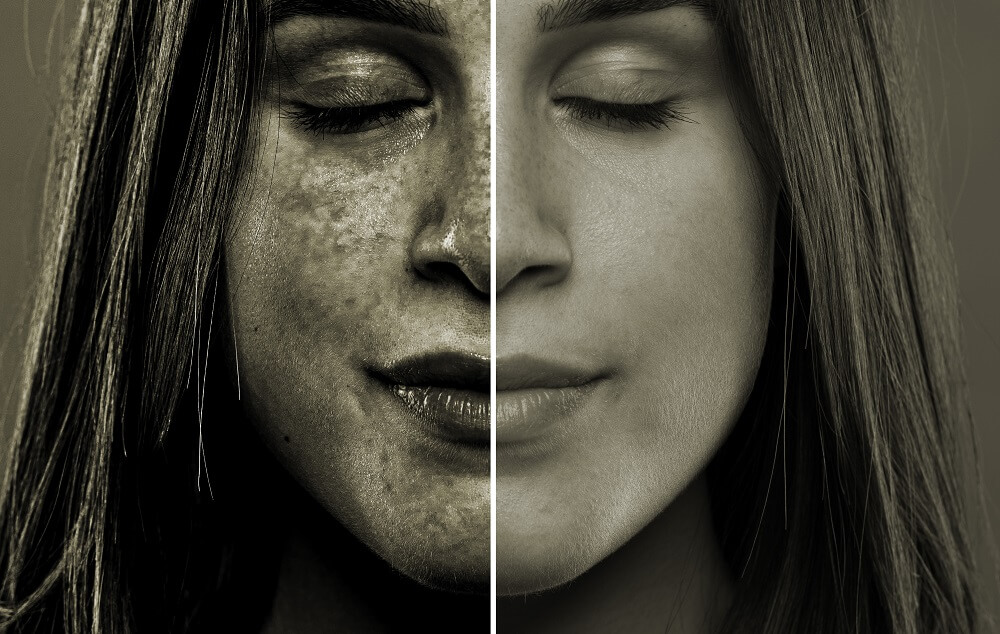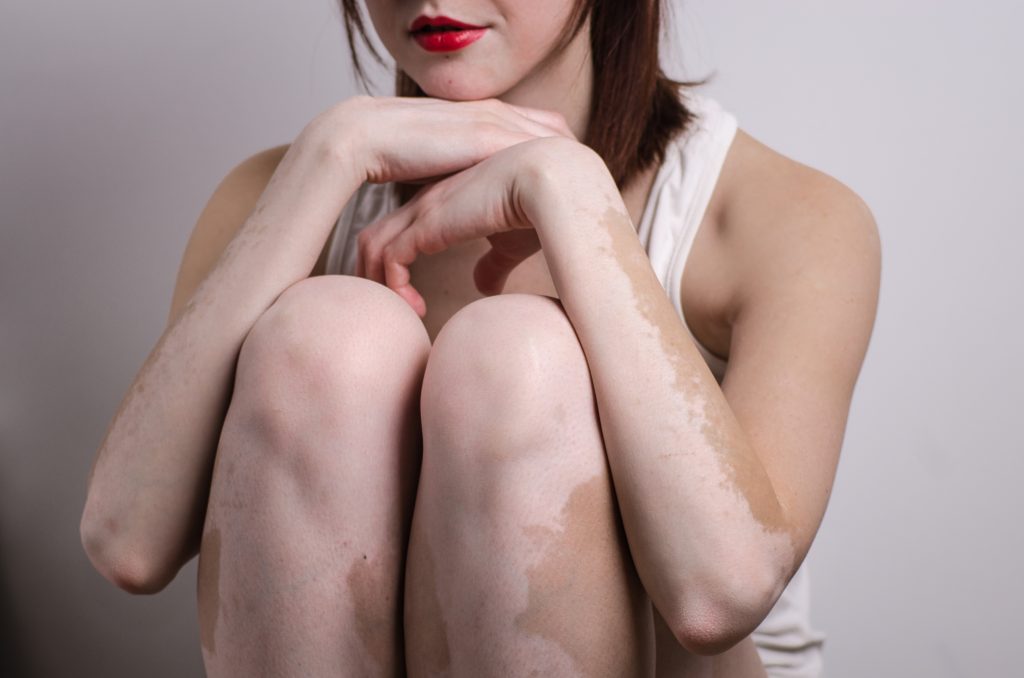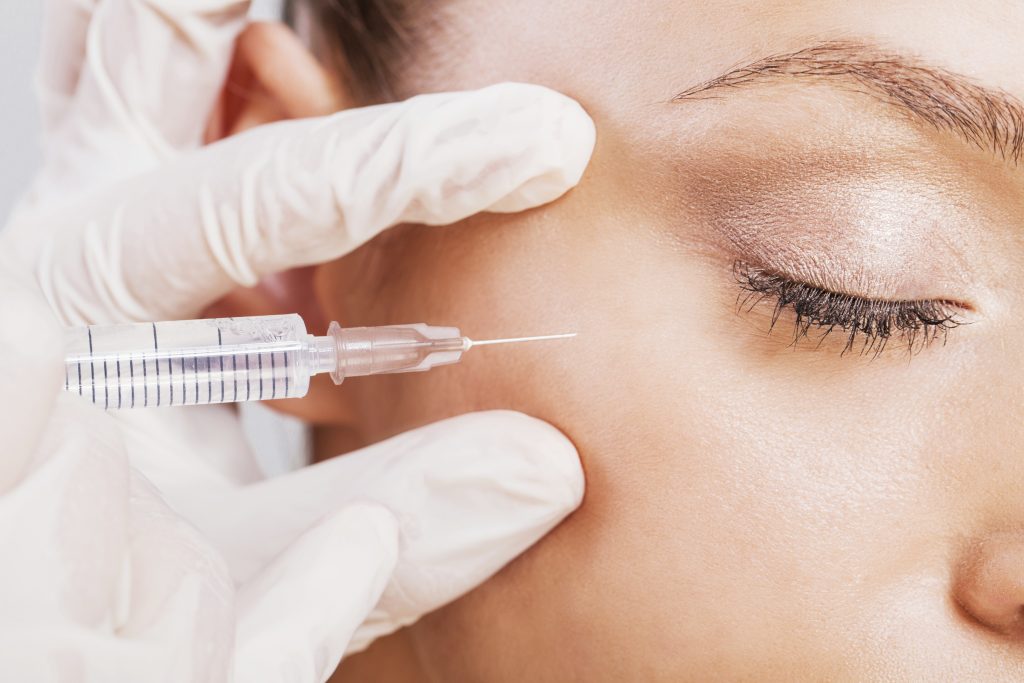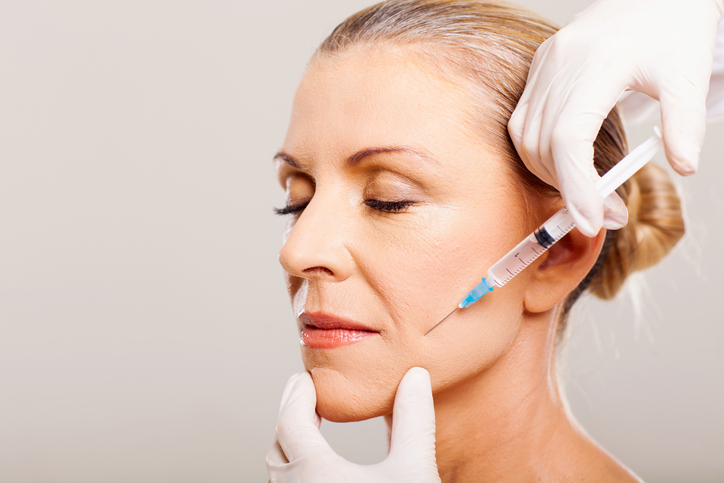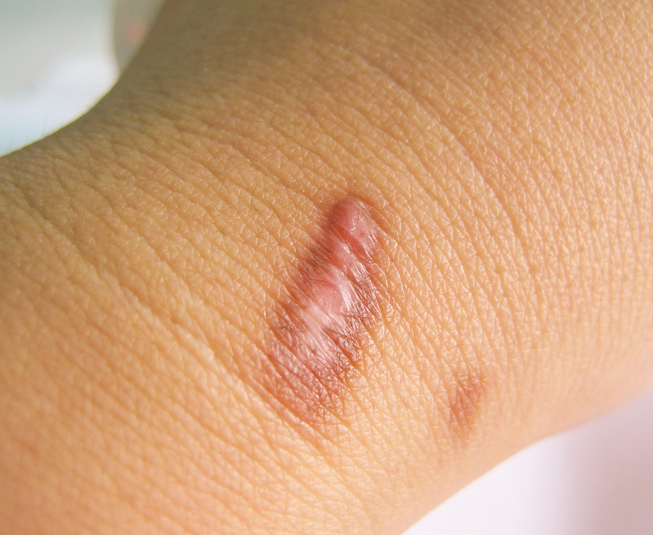Dr. Adam Sorensen is a board-certified dermatologist through the American Board of Osteopathic Dermatology.
He completed his undergraduate degree at Brigham Young University before receiving his medical degree at the Kirksville College of Osteopathic Medicine in Kirksville, Missouri, in 2009. Following his initial medical training, Dr. Sorensen went on to complete a one-year internship followed by a two-year residency and board certification in internal medicine at Virginia Mason Medical Center in Seattle, Washington.
Dr. Adam Sorensen later went on to complete three years of dermatology residency training at the Lake Erie Consortium for Osteopathic Medical Training in Mesa, Arizona, focusing in both medical and surgical dermatology.
With his medical background, Dr. Sorensen has a keen interest in medical dermatology and realizes that many dermatologic problems are not only skin deep. As an osteopathic physician, Dr. Sorensen emphasizes attention to all aspects of disease, including the mind, body, and spirit. He understands that many complex factors may influence skin disease and strives to approach each patient as a unique individual with unique needs.
Dr. Adam Sorensen provides care at U.S. Dermatology Partners Peoria on 83rd Avenue, formerly North Valley Dermatology Peoria.





